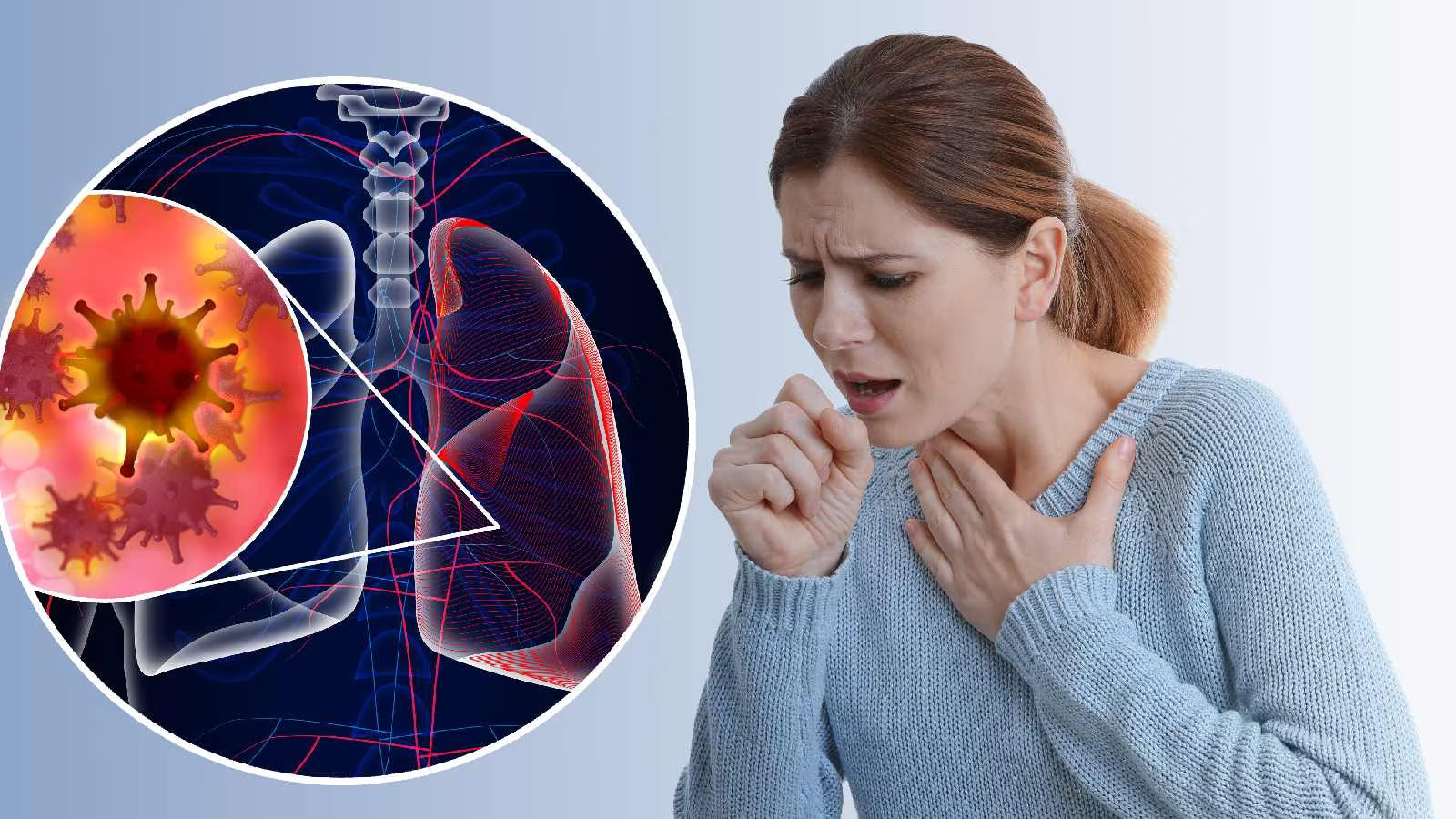Lung Cancer
Home » Specialties » Lung Cancer

Lung cancer
Cancers arising from the cells in lungs are called Lung cancers. There are many types of cancers that arise from lung tissue.They are broadly classified as:
1. Non Small Cell Lung Cancer
2. Small Cell Lung Cancer.
Risk Factors:
1. Smoking Tobacco: Smoking in any form like beedi, cigarettes, pipes, or cigars, now or in the past. This is the most important risk factor for lung cancer. The earlier in life a person starts smoking, the more often a person smokes, and the more years a person smokes, the greater the risk of lung cancer.
2. Passive Smoking: This also considerably increases the risk of cancer as compared
to non smokers.
3. Air Pollution
4. Certain occupations which involve asbestos, arsenic, chromium, beryllium, nickel, soot, or tar in the workplace also have higher risk of cancer lung.
5. Radiation exposure to chest in the past due to treatment, or any other cause.
Signs and Symptoms:
Lung cancers are often detected after they have metastasized to other parts of the body.
Symptoms at presentation can vary and depend upon:
1- Lung presentation: Chest discomfort or pain.
a- A cough that doesn’t go away or gets worse over time.
b- Trouble breathing.
c- Wheezing.
d- Blood in sputum (mucus coughed up from the lungs).
e- Hoarseness.
f- Loss of appetite.
g- Weight loss for no known reason.
h- Feeling very tired.
i- Trouble swallowing.
j- Swelling in the face and/or veins in the neck.
2- Metastatic presentation: Depends upon the involved site that causes symptoms:
a- Bone mets- Pain or symptoms of lower limb paralysis
b- Brain mets- Headache, vomiting, seizures, sudden episode of unconsciousness.
c- Liver mets- Jaundice, fluid in abdominal cavity.
d- Pleural mets- Fluid in lung space causing breathlessness. And so on.
Diagnoses
Some of the following tests and procedures may be used:
1. Laboratory tests: Medical procedures that test samples of tissue, blood, urine, or other substances in the body.
2. Chest X ray: It can detect an abnormal area in lungs.
3. CT scan or MRI scan: Can be done of the thorax region to delineate the local extent and the regional spread of the tumor.
4. Tissue sampling: A representative tissue sample is required to confirm the diagnoses.
This tissue can be obtained by multiple means like-
● CT guided biopsy: CT scan is used to locate the abnormal tissue or fluid in the
lung. A small incision may be made in the skin where the biopsy needle is
inserted into the abnormal tissue or fluid. A sample is removed with the needle
and sent to the laboratory.
● Bronchoscopy: A bronchoscope is inserted through the nose or mouth into the
trachea and lungs.A tissue is obtained and sent to pathology.
5. Pathology Testing: May include running Immunohistochemistry tests (IHC), molecular studies including NGS panel to evaluate presence of certain targettable mutations.
6. PET scan: It is a whole body scan utilising a special dye like FDG that assesses the spread of disease throughout the body.
Treatment options:
1. Surgery: It is utilised mostly in early stages. Many different types of procedures can be undertaken to remove the cancer tissue from the body.
2. Radiation Therapy: Is utilised for the treatment of early and locally advanced ( non metastatic) cases of lung cancer with curative intent. It can be given as
a- Stereotactic Radiosurgery– For stage I & II tumors (< 5cm in maximum dimension) with no nodal involvement. Very high doses of radiation are given in 3-10 days to achieve a cure.
b- Conventional radiation- For stage III tumors radiation is given along with
chemotherapy to achieve cure of the cancer.
c- Palliative Radiation- Many times radiation is used to effect symptomatic relief
like in bony pain , brain mets, etc. Short courses of radiation are given over 5-10
days to achieve this.
3. Chemotherapy/ Targeted therapy/ Immunotherapy- Utilisation of drugs to achieve disease control. These drugs can be given through blood stream or orally.